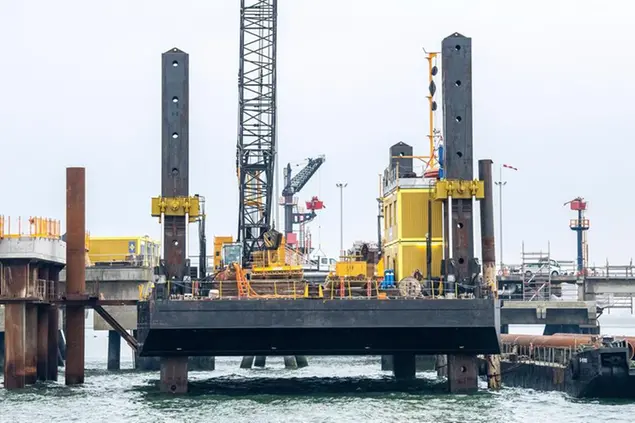- La battuta che circola in alcune capitali europee è perfida: che senso ha mettere un tetto al gas russo se non c’è più il gas russo?
- Dietro la battuta però c’è la realtà dei ricatti di Vladimir Putin che, ieri, hanno costretto Christine Lagarde ad ammettere che nel caso in cui la Russia azzerasse le forniture entreremmo in recessione.
-
La Commissione europea vuole un tetto al prezzo del gas limitato al gas russo. L’Italia, invece, vuole un tetto al gas esteso a tutti gli hub e i contratti europei, compreso il mercato olandese Ttf.
La paura di perdere altri fornitori: cosa c’è dietro la frattura sul tetto del gas

08 settembre 2022 • 21:15